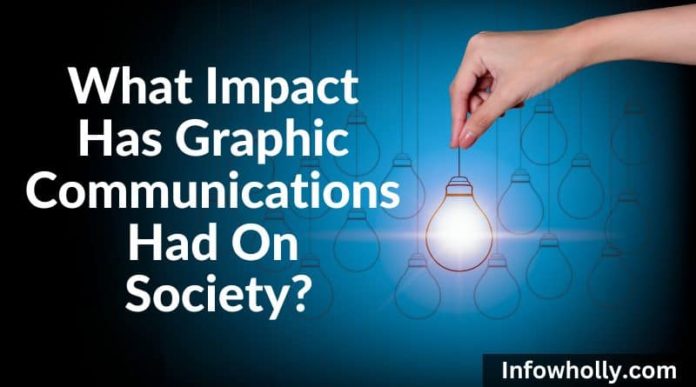Introduction
Graphic communications have dramatically shaped the way society communicates, learns, and consumes information. From advertisements to social movements, the influence of visual messaging is pervasive. In today’s fast-paced world, the use of graphic design is crucial for effectively capturing attention and conveying messages. This article explores how graphic communications have impacted various sectors of society, enhancing everything from branding to activism.
What Is Graphic Communication?
Graphic communication refers to the use of visual elements, such as typography, images, colors, and layouts, to communicate messages. Graphic design is a subfield of graphic communication that specifically focuses on creating visual content for print or digital mediums. Graphic communication also extends to areas like advertising, website design, and public service campaigns.
Key Elements of Graphic Communication
Graphic communication involves several key elements, including typography, layout, color theory, and image selection. These components are carefully chosen to convey meaning effectively. For example, the color red is often used in branding because it conveys urgency and excitement. Bold fonts communicate strength, while minimalist designs are used for clarity and focus. These choices are not arbitrary—they are based on psychological principles that influence how people perceive and react to messages.
How Graphic Communications Have Impacted Society
- In Advertising
Graphic design plays a pivotal role in advertising campaigns, where visual messaging can make or break a product’s success. For example, Nike’s “Just Do It” campaign is a prime example of how graphic communications can drive brand recognition. The minimalist use of the logo combined with a powerful slogan creates an immediate connection with consumers, making the message clear and memorable. - In Social Movements
Graphic communication has also been used effectively in activism. For instance, the “I AM a Man” signs from the Civil Rights Movement or the “We Can Do It!” campaign by Rosie the Riveter during WWII have become iconic symbols of social change. These visuals rallied people to act and think critically about societal issues. - In Digital Media
The rise of social media has amplified the importance of visual communication. Today, platforms like Instagram and TikTok rely heavily on graphic content to engage users. Infographics, memes, and videos are essential in quickly conveying information and shaping public opinion.
Why Graphic Communication Matters
- Increases Engagement
A study from HubSpot found that visual content is 40 times more likely to be shared on social media than text-based content. This highlights the importance of graphic communication in digital marketing. People are naturally drawn to visuals, and this attraction translates into greater engagement, increased shares, and higher conversions. - Enhances Trustworthiness
Visual communication can enhance the credibility of a brand or message. According to research by Adobe, 38% of consumers will stop engaging with a website if the content or layout is unattractive. On the other hand, a well-designed visual can inspire trust and make information more accessible.
The Checklist for Effective Graphic Communication
When creating graphic content, it’s essential to keep a few key principles in mind:
- Clarity: Ensure your message is immediately clear. Use simple visuals and minimal text.
- Consistency: Maintain a consistent design style across all platforms to reinforce your brand identity.
- Relevance: Choose visuals that align with your message and resonate with your target audience.
- Appeal: Design with the audience in mind—use colors, fonts, and images that will attract attention and engage users.
FAQ: How Graphic Communications Shape Society
- How does graphic communication influence public opinion?
Through visual storytelling, graphic communication can shape perceptions and influence behaviors. Advertisements, political posters, and digital content all use visuals to persuade and motivate. - What software is most commonly used in graphic communication?
Adobe Photoshop, Illustrator, and InDesign are the industry standards. These tools allow professionals to create high-quality visual content for print and digital mediums.
Conclusion
The power of graphic communication cannot be overstated. Whether through advertisements, social movements, or digital media, graphic communications have a profound impact on society. By understanding its principles and applying them strategically, businesses and activists alike can engage their audiences, drive change, and communicate effectively.

